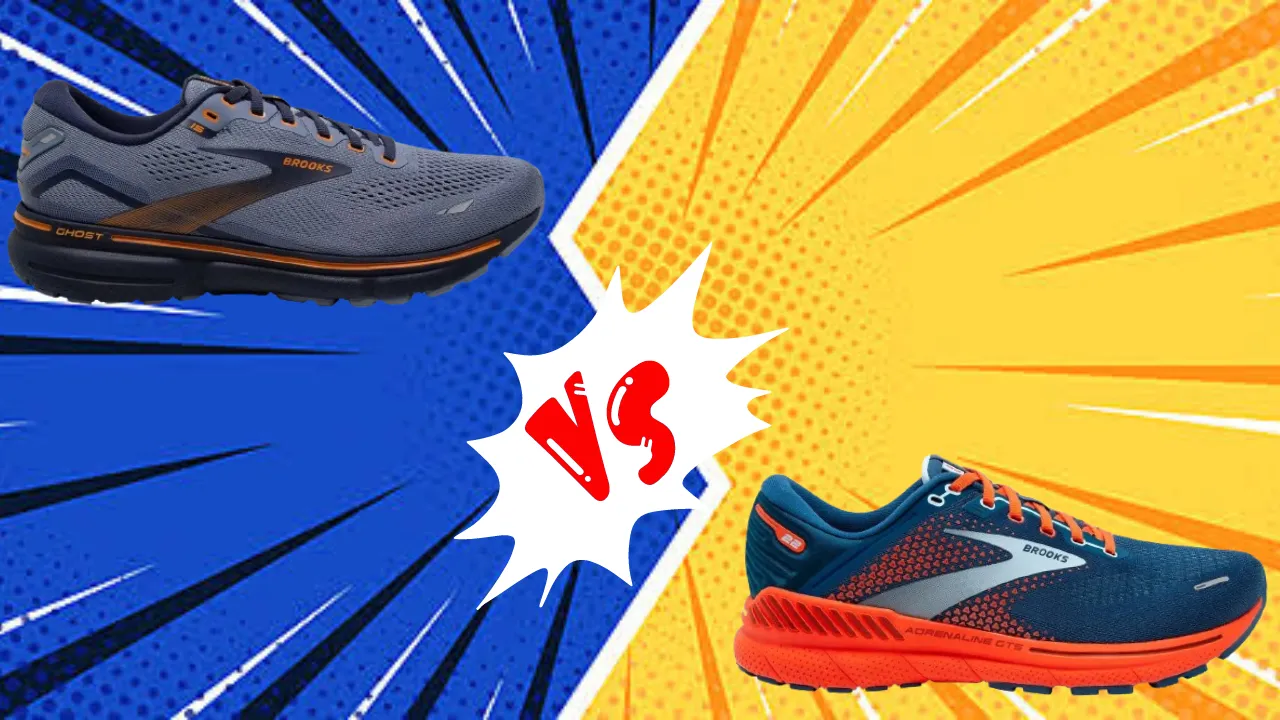Finding the right running shoe is crucial for comfort, performance, and injury prevention. Two popular options from Brooks are the Ghost 15 and Adrenaline GTS 22.
Both are reliable trainers, but which one better suits your needs? In this comparison, we’ll dive deep into the key features, materials, fit, stability, and real-world performance to help you make an informed decision.
Similarities And Differences Between Brooks Ghost 15 and Adrenaline GTS 22:
| Features | Ghost 15 | Adrenaline GTS 22 |
|---|---|---|
| Launched In | 2022 | 2021 |
| Stability | Neutral | Stability (GuideRails) |
| Flexibility | Good | Balanced & Responsive |
| Weight (Size 9) | 10.1 oz | 10.2 oz |
| Cushioning | DNA Loft Foam | BioMoGo DNA + DNA Loft |
| Outsole | Rubber | Dense Blown Rubber |
| Midsole | DNA Loft Foam | BioMoGo DNA + DNA Loft |
| Upper | Breathable Mesh | 3D Fit Print Mesh |
| Retail Price | $140 | $140 |
Features Comparison:
Materials:
The Ghost 15 and Adrenaline GTS 22 both utilize high-quality materials in their construction. The Ghost 15’s outsole is made of durable rubber for reliable traction. Its midsole features Brooks’ proprietary DNA Loft foam for responsive, lightweight cushioning. The upper is breathable mesh to keep feet cool.
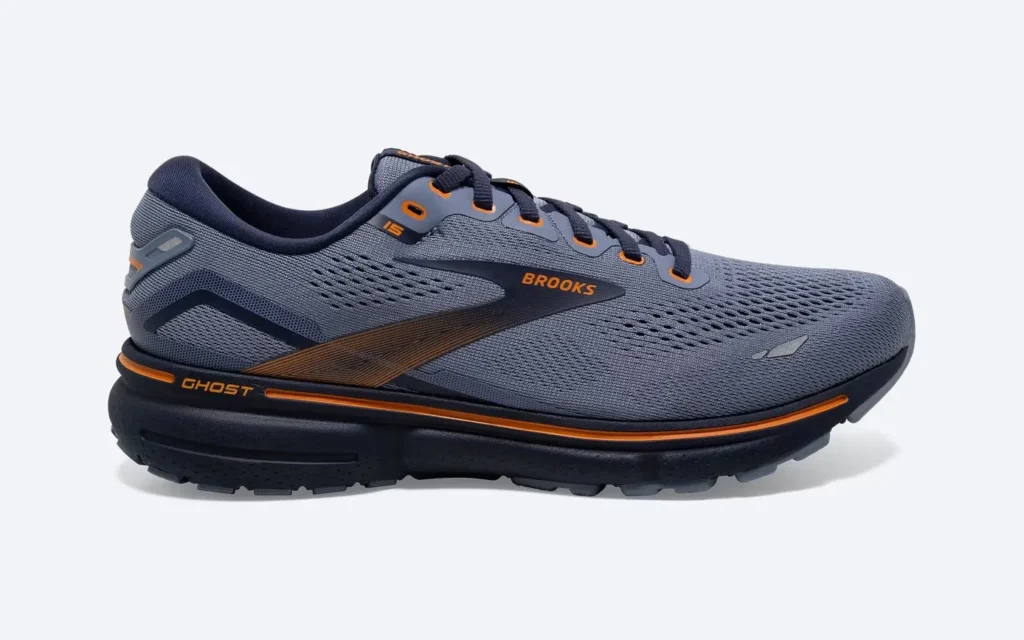
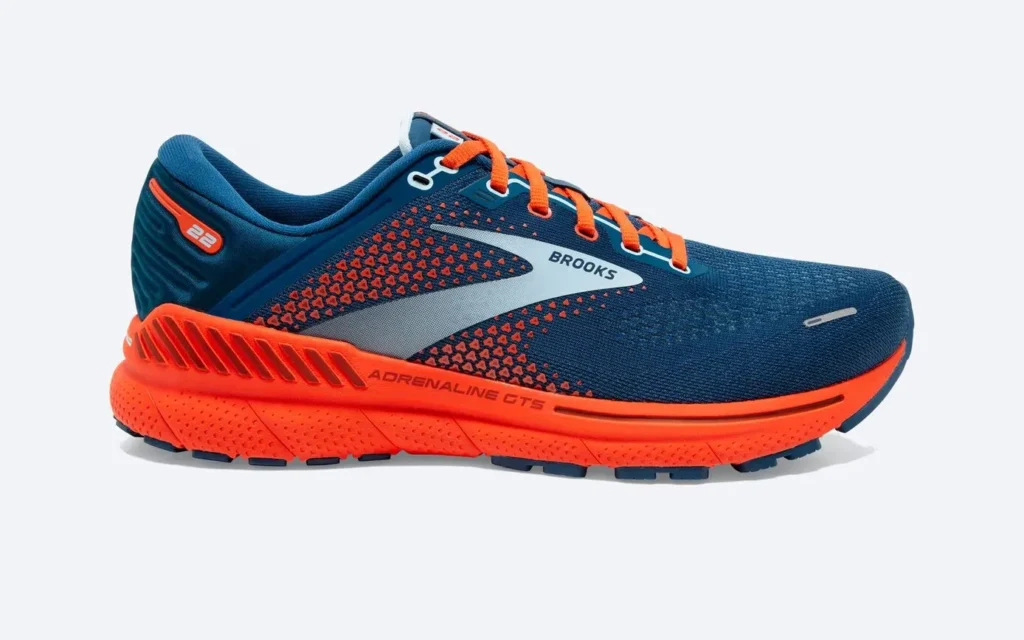
The Adrenaline GTS 22 has a dense blown rubber outsole for durability. Its midsole combines BioMoGo DNA and DNA Loft foams for cushioning that’s soft yet responsive. The 3D Fit Print upper mesh provides a secure, breathable fit.
Durability:
Both models are designed for longevity, but the Adrenaline GTS 22 may have a slight edge in durability. Its dense blown rubber outsole is built to withstand higher mileage over varied surfaces. The combo of BioMoGo DNA and DNA Loft midsole foams also provides consistent cushioning as the miles add up.
The Ghost 15 is no slouch, with a durable rubber outsole. However, its DNA Loft midsole cushioning may start to compress sooner for heavier runners or those logging very high mileage. The mesh upper is breathable but potentially less resistant to fraying over time compared to Adrenaline’s engineered mesh.
Fit:
Achieving a comfortable, secure fit is important for an enjoyable run. The Ghost 15 accommodates a wide range of foot shapes with its multiple width options from narrow to extra-wide. This allows you to get a near-custom fit. The mesh upper wraps the foot nicely without restricting toe splay.
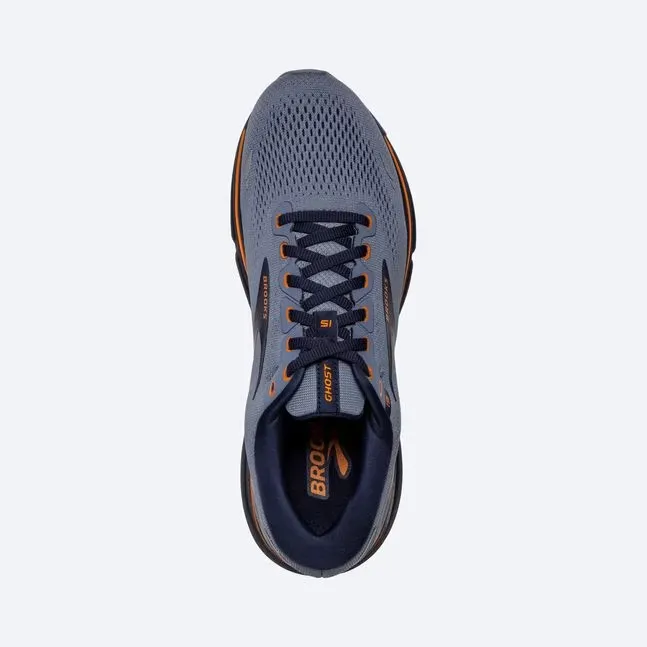
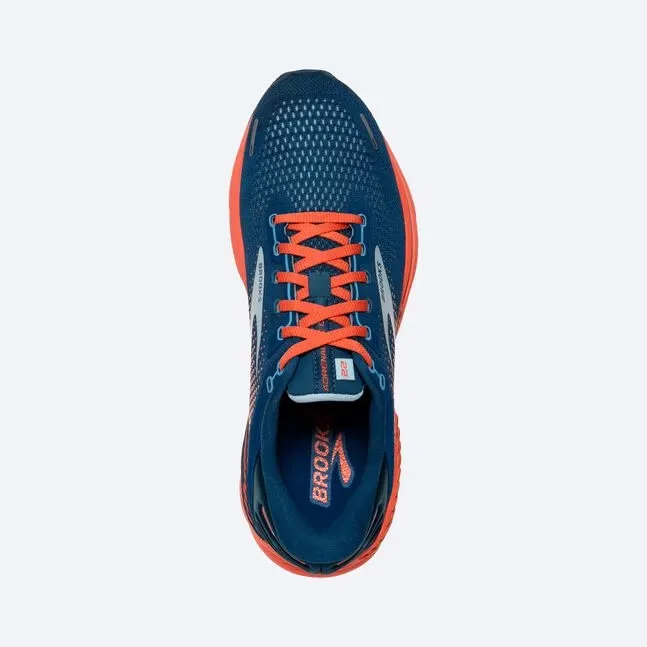
The Adrenaline GTS 22’s 3D Fit Print engineered mesh upper hugs the foot well, though widths are unspecified. It has a semi-curved shape to allow toe splay. Both models have enough interior room for thicker socks if needed.
While the fit is subjective, the Ghost 15’s variety of widths gives it an advantage for runners with particularly narrow or extra-wide feet seeking that locked-in feel.
Stability:
For runners seeking support and motion control, the Adrenaline GTS 22 is the clear winner with its innovative GuideRails technology. This system integrates raised midsole geometry on the inner and outer sides to prevent excess inward or outward foot roll, providing excellent stability for overpronators.
In contrast, the Ghost 15 is a neutral cushioned trainer without dedicated stability features beyond its thick midsole and balanced ride. While sufficient for neutral runners, the Adrenaline’s GuideRails make it the superior choice for those requiring pronation control and overall guidance.
Cushioning:
Both shoes prioritize responsive, high-energy return cushioning, but with different approaches. The Ghost 15 uses a full-length DNA Loft foam midsole that delivers lightweight, smooth cushioning that’s softer than EVA yet remains resilient.
The Adrenaline takes a dual-foam approach, pairing BioMoGo DNA and DNA Loft. BioMoGo is a denser, more stable foam that handles impact, coupled with energetic DNA Loft.
While subjective, many runners find the DNA Loft in the Ghost 15 provides a slightly plusher underfoot feel. But the Adrenaline’s blend aims to balance cushioning and guidance for a more grounded, structured ride.
Value:
At $140 MSRP for both models, you’re getting a quality shoe no matter which you choose. But the better value depends on your needs and preferences. The Ghost 15 delivers excellent value for neutral runners wanting a versatile daily trainer with premium cushioning and wide-width options.
The Adrenaline GTS 22 is the better value if you need stability features and crave a more guidance-oriented ride with its GuideRails pronation control. Assuming proper fit, both can provide 300-500 miles of training use before cushioning compression.
So you’re getting comparable durability and cushioning quality per dollar, but the Adrenaline’s stability tech gives it an edge for runners requiring extra support.
The Adrenaline GTS 22 can often be found for as low as $89, making it an even better value option compared to its $140 MSRP. With the lowest price of $89 for the Adrenaline GTS 22 versus $140 for the Ghost 15, the Adrenaline presents outstanding value if you need its stability features.
Performance Comparison:
Walking:
For walking, both the Ghost 15 and Adrenaline GTS 22 provide sufficient cushioning, breathability, and durability for enjoyable comfort. The Ghost 15’s neutral cushioning is ideally suited for efficient walking mechanics without stability needs. The Adrenaline’s stability features aren’t as crucial for walking but can help promote better form for overpronators.
Running:
When it comes to running performance, both shoes deliver on cushioning, responsiveness, and durability suitable for daily training. However, they are tailored for different types of runners.
The Ghost 15 is a versatile neutral trainer ideal for shorter to middle distances up to a half marathon. The Adrenaline GTS 22 truly shines for runners with stability needs, as its GuideRails prevent excess inward or outward foot roll.
Plantar Fasciitis:
For those dealing with plantar fasciitis, the Adrenaline GTS 22 combats heel pain more comprehensively. Its dense BioMoGo DNA foam provides rigid arch reinforcement and support, while the GuideRails ease inward foot roll associated with the condition. The Ghost 15 supplies ample cushioning to reduce stress on the plantar fascia but lacks the dedicated arch support of the Adrenaline.
Standing All Day:
Having a comfortable shoe is crucial for those who spend long hours standing. The Ghost 15’s plush DNA Loft foam does an excellent job of cushioning and reducing fatigue during extended periods of standing or walking.
However, the Adrenaline takes it a step further with its combination of softer DNA Loft and denser BioMoGo DNA foam cushioning, plus added guidance from the GuideRails to prevent foot fatigue.
final verdict:
Deciding between the Brooks Ghost 15 and Adrenaline GTS 22 comes down to your gait, stability needs, and intended use. Here’s a quick summary:
Go with the Ghost 15 if:
- You’re a neutral runner without overpronation issues
- You want a versatile daily trainer for shorter to middle distances
- You need a reliable walking shoe or one for prolonged standing
- You have narrow or extra-wide feet and want a customized fit
Choose the Adrenaline GTS 22 if:
- You’re an overpronator seeking guidance and support
- You have higher arches or plantar fasciitis requiring rigid arch support
- You spend long hours on your feet and need ample support and cushioning
- You want a durable, stable shoe for higher mileage road running
Both provide a high-quality DNA Loft cushioning experience. But the Adrenaline’s GuideRails system and layered BioMoGo DNA foam give it an edge for runners needing stability features and enhanced support.
Ultimately, the best choice depends on your particular biomechanics and needs. Try them on if possible, as fit and feel play a major role. With proper insight into each model’s strengths, you can’t go wrong with either premium trainer.

